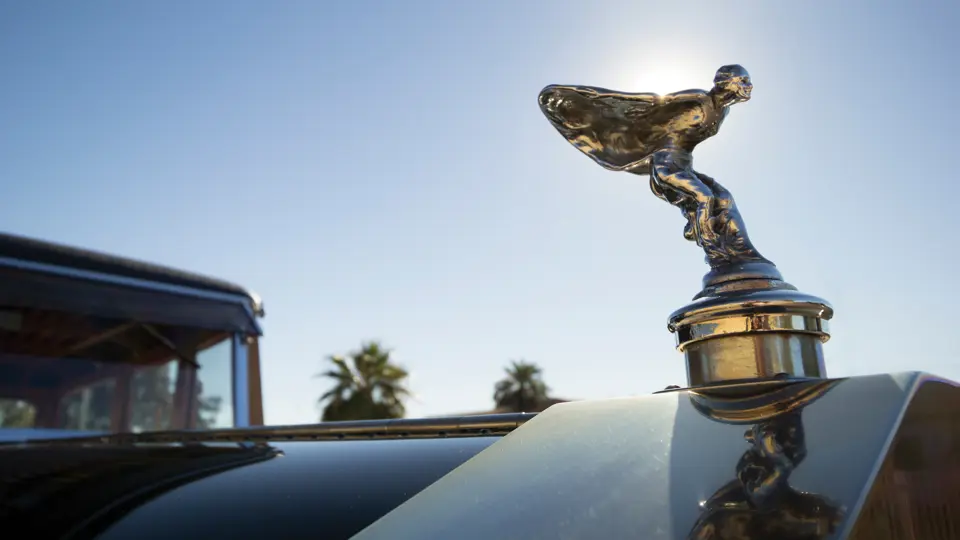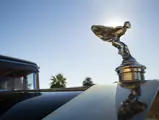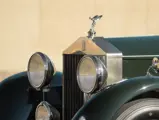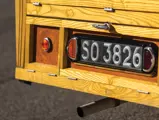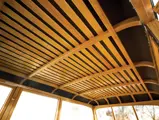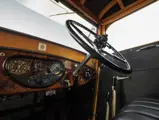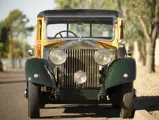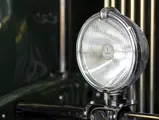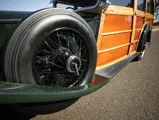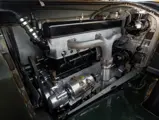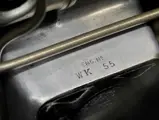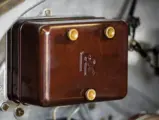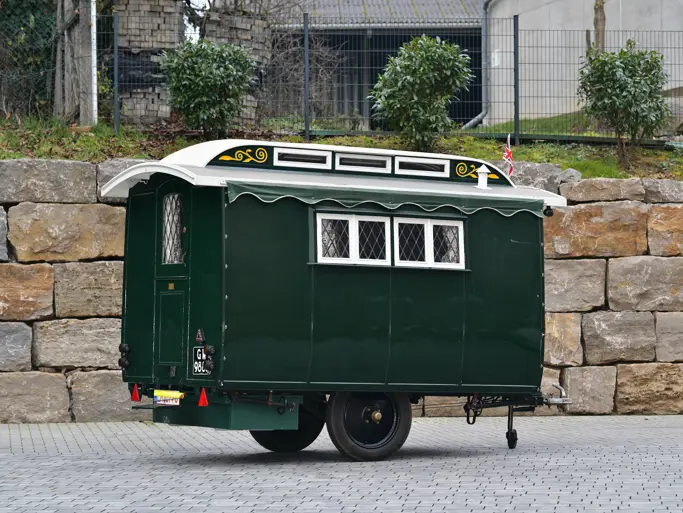120 bhp, 7,688 cc OHV inline six-cylinder engine with a single two-jet carburetor, four-speed manual gearbox, front and rear semi-elliptic leaf-spring suspension, and four-wheel servo-assisted brakes. Wheelbase: 144 in.
The Phantom II, which was introduced in September 1929, was the last model produced before Sir Frederick Henry Royce, OBE, died in 1933. Its 7.9-liter engine was much faster than any previous Rolls-Royce. Its lowered chassis, with its distinctive radiator shell now placed directly above the I-beam front axle, lowered its stance, and its bonnet measured nearly half its entire body length, creating a handsome, sleek appearance.
This car was originally delivered as an understated Weymann fabric-bodied saloon to its first owner, S.C. Harrison of Birmingham, and then it was sold within the next 10 months to W.F. Player, of Nottingham. The fabric body was not as robust as its chassis, the Rolls-Royce part of the car, so rather than retire a reliable and powerful car wearing a worn out body, it was re-born as a Shooting Brake. While Americans refer to this body style as a station wagon, the term “Shooting Brake” originated from across the pond. As a New York Times article read, the style was intended “to take gentlemen on the hunt with their firearms and dogs.”
As Rolls-Royce Foundation archives confirm, the car was sold in 1962 to a well-known Scottish car collector and sportsman, a descendant of King James V of Scotland, the Earl of Moray, where it remained with other notable cars in his collection, including the Le Mans Alfa Romeo 2.9 Aerodynamic Coupe and Count Zborowski’s Hispano-Suiza. Twenty years later, another collector, Charles Bickley of Florida, found and acquired the car. He brought it to the United States, where it was restored and repainted in its current dark green finish. It then joined other notable cars in his Woodie World museum.
The spacious interior reveals three rows of seating upholstered in rich green leather, matching dark green fitted carpet, and many period details, including the original walnut instrument panel and trim rails and a brilliantly crafted ribbed and cross-braced wooden headliner. Under the long, gleaming bonnet, the massive engine presents very correctly, much as it did in 1930. Bespoke period accessories include a tinted windscreen visor, a passenger-side Raydyot spot light, a single side-mounted spare tire, laced wheels, original Lucas headlamps, a single Trippe driving lamp, and front wing-marker lamps.
This car has been shown at Rolls-Royce Owners’ Club and Classic Car Club of America events and has reliably participated in CCCA week-long caravans. In other words, this charming example of a period-correct Rolls-Royce Shooting Brake is ready to show or go. This car has been well-sorted and meticulously prepared for its fortunate new owner, and it is sure to be welcomed to the finest concours events. Most importantly, it is a car that will be great fun, participating in car club events, long-distance touring, or a Sunday afternoon family tailgate at the local shooting range.
Regrettably, a Purdey shotgun, pair of Wellies, and a Scottish deer hound are not included in the sale.
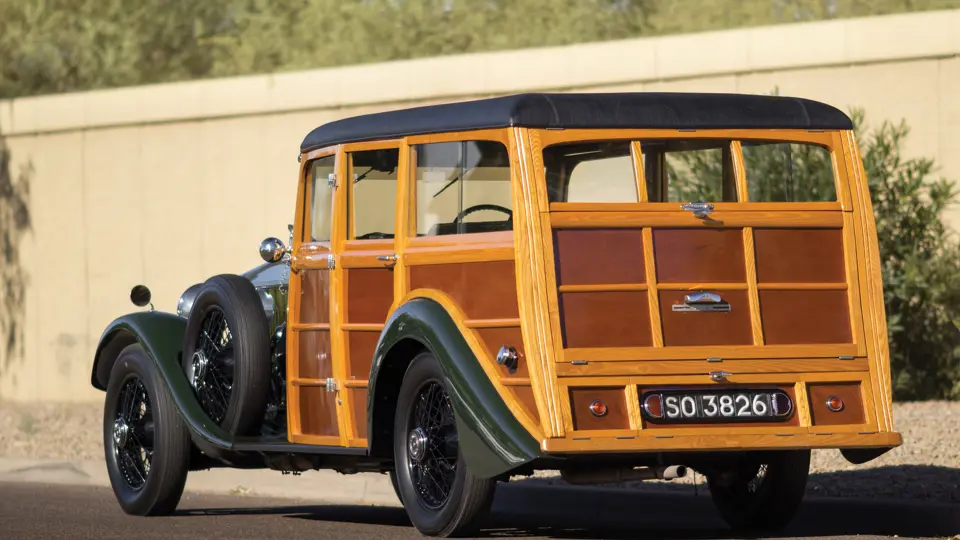

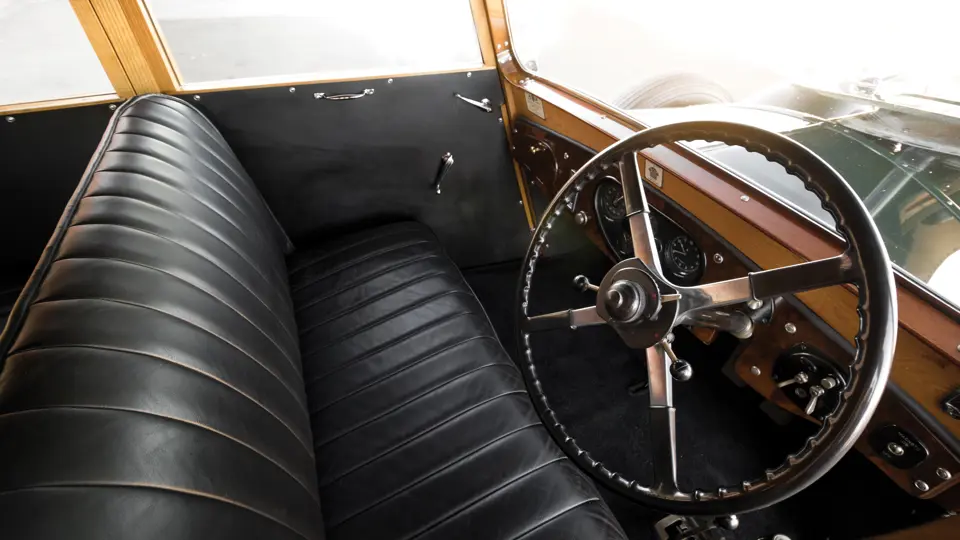

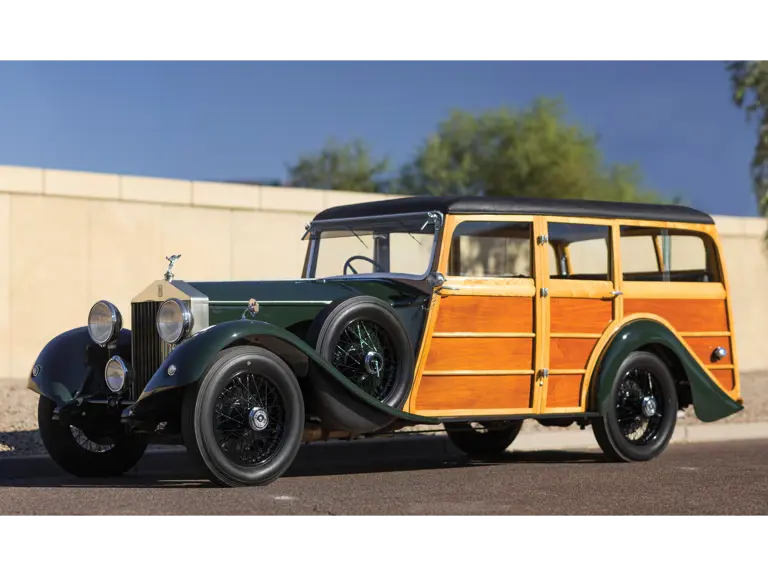
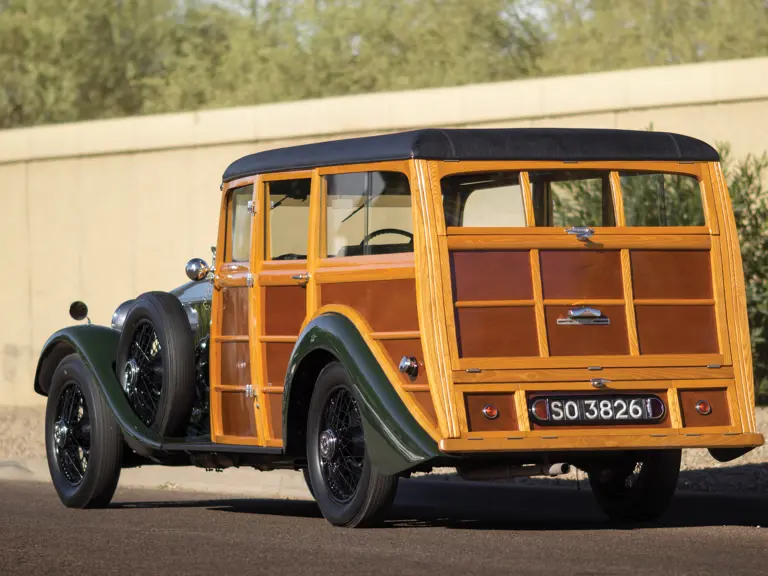
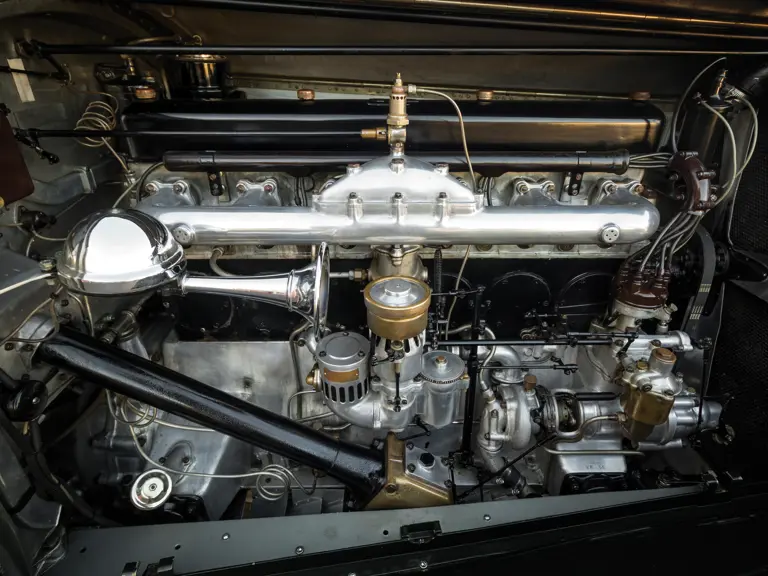


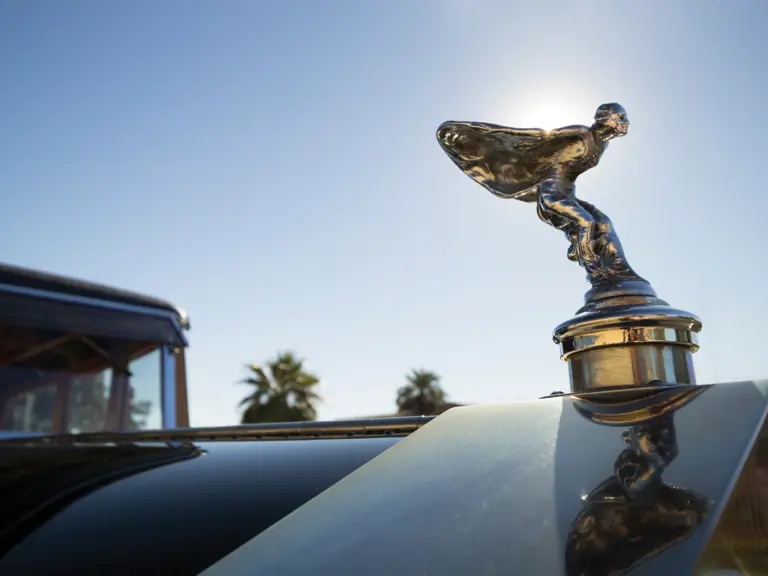
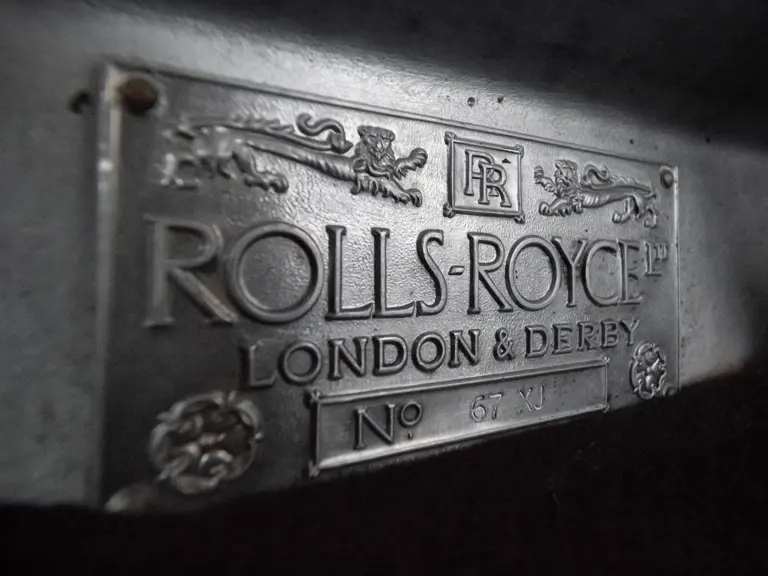

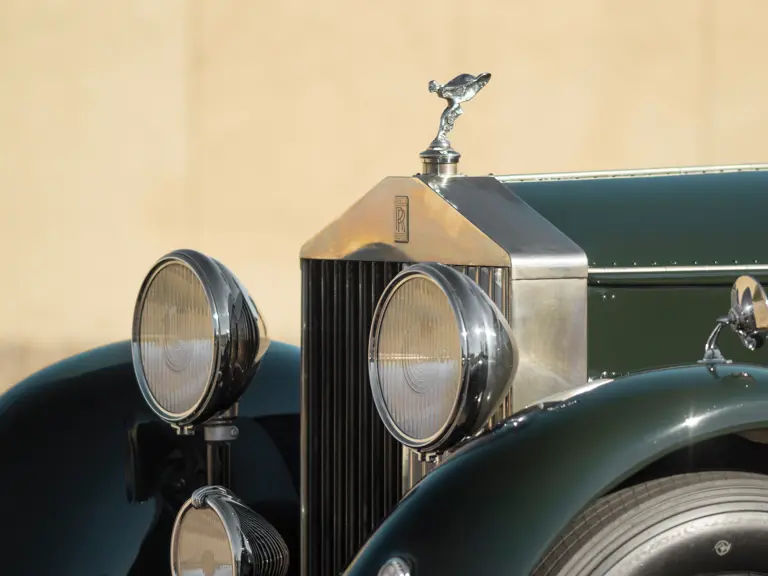


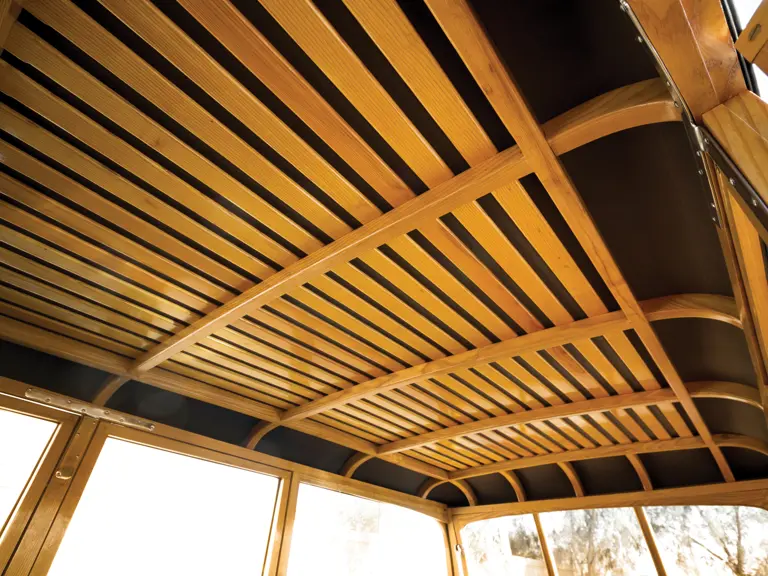
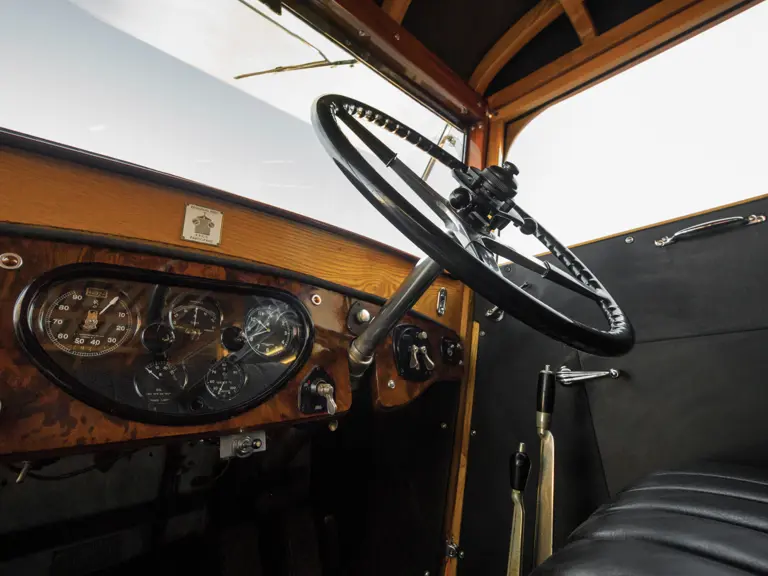

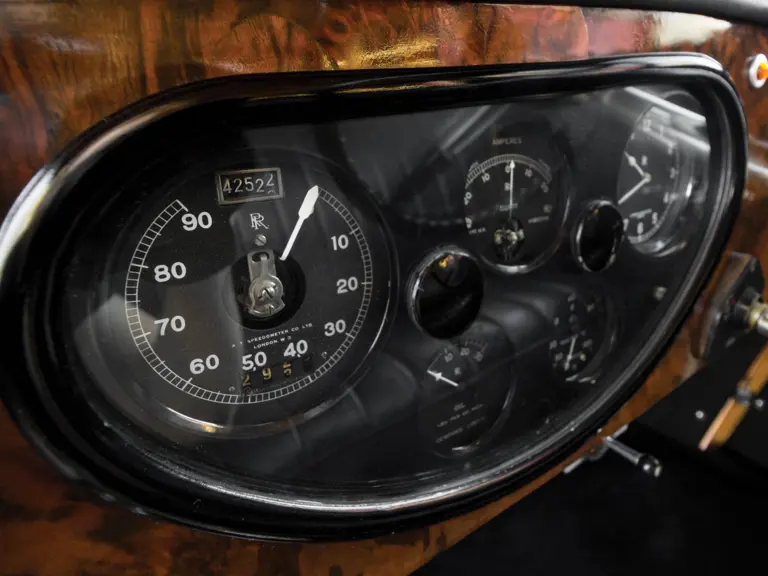
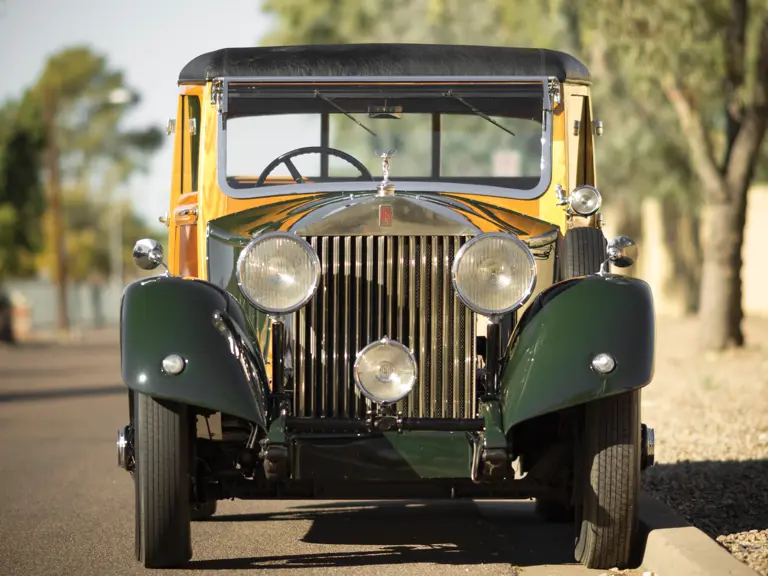

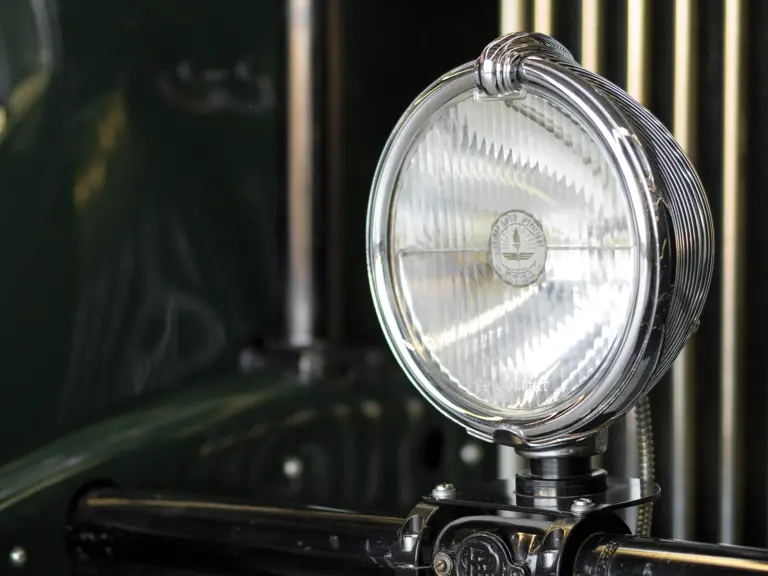
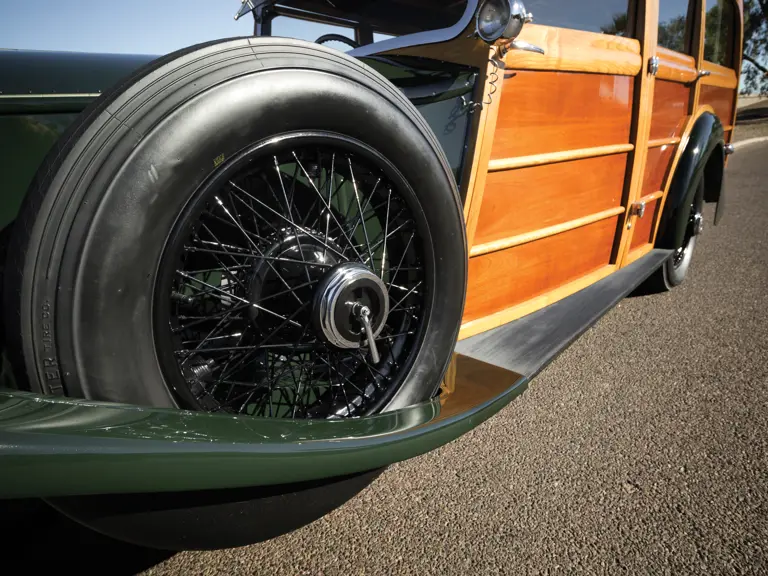

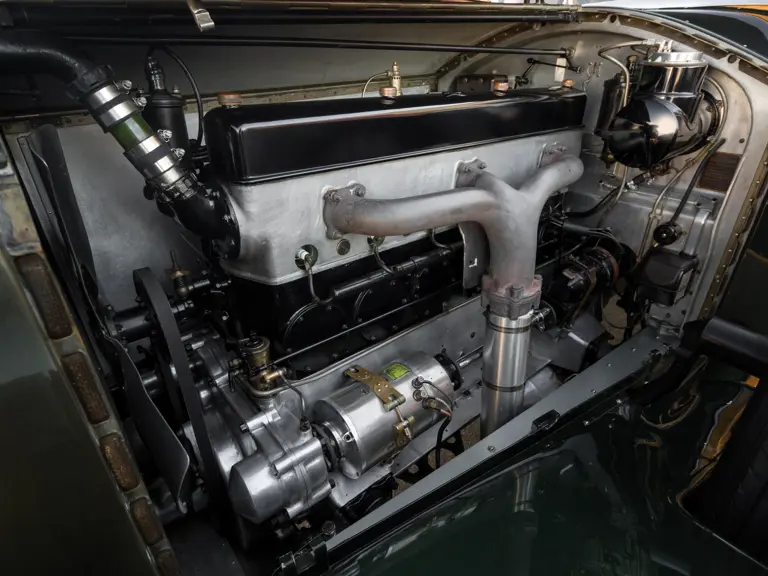
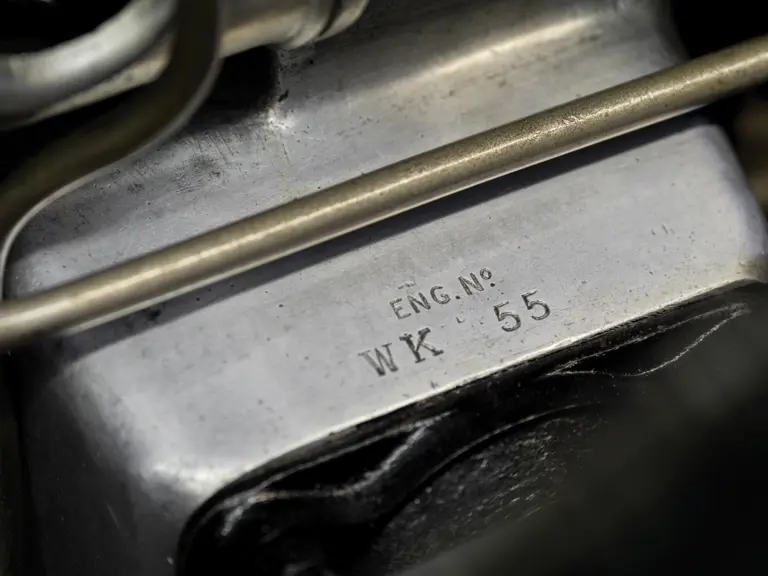
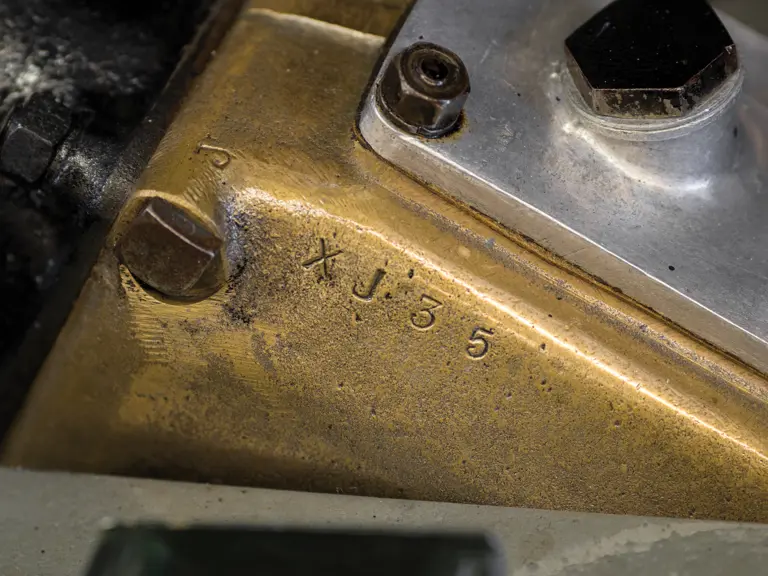
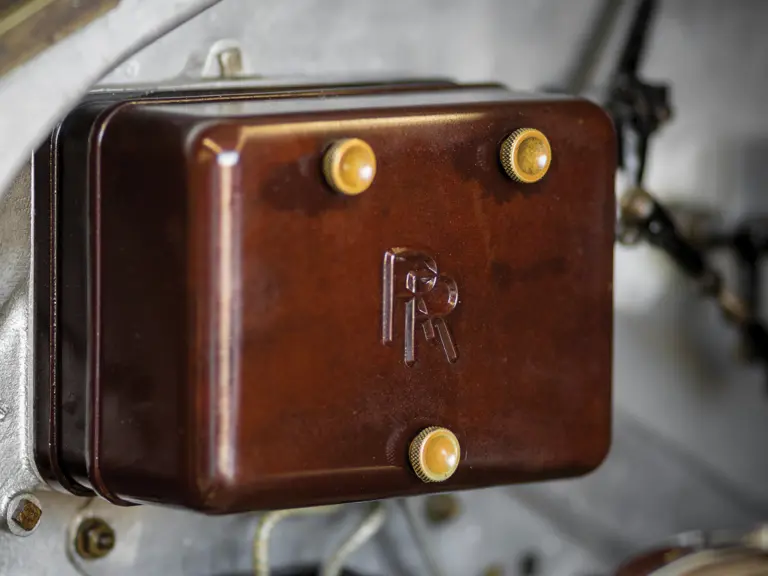
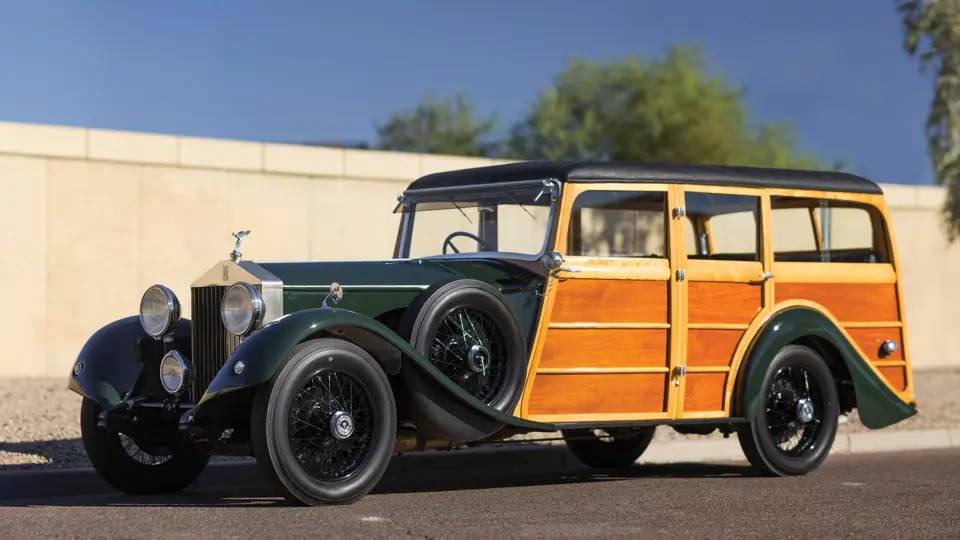
 | Phoenix, Arizona
| Phoenix, Arizona

